Introduction
The realm of restaurant design is undergoing a profound evolution, driven by the integration of advanced rendering technologies that facilitate a clearer vision of architectural and interior concepts. Restaurant renderings, crafted through sophisticated 3D modeling software, serve as essential tools for stakeholders, allowing them to visualize the completed project before construction begins.
These detailed visualizations not only enhance collaboration among designers, clients, and contractors but also foster a unified approach to achieving the intended outcomes. As the industry increasingly prioritizes innovation and sustainability, the role of high-fidelity renderings becomes ever more critical, influencing project confidence and client satisfaction.
Through a comprehensive exploration of their practical benefits, marketing implications, and future trends, this article delves into the transformative power of restaurant renderings, illustrating how they can elevate design quality, drive investment, and ultimately redefine the dining experience.
Defining Restaurant Renderings: An Overview
Restaurant renderings are sophisticated visuals created through advanced 3D modeling software, such as SketchUp, which is essential for communicating architectural and interior concepts. These detailed representations enable stakeholders to visualize the completed project prior to construction, serving as a pivotal tool for collaboration and enhancing project confidence. By providing a clear representation of creative elements, they promote a unified vision among creators, clients, and contractors, ensuring all parties are aligned on the intended outcomes.
In an industry increasingly emphasizing innovation and sustainability, high-quality visuals are indispensable for navigating these trends and improving client satisfaction. A prime example is the case study of Engage Restaurant Renderings, which illustrates how collaboration with specialized 3D rendering companies can enhance restaurant aesthetics while aligning with industry expectations. This collaboration not only improves quality but also plays a crucial role in generating revenue and attracting investment.
Moreover, the integration of advanced visualization technologies enhances contractor communication, eliminating misunderstandings and allowing for early identification of issues. This proactive strategy results in cost savings in design development through early issue resolution and client adjustments via 3D visualization. As highlighted by the PIXREADY team, the clarity these visuals provide is instrumental in inspiring confidence among investors, demonstrating their critical role in attracting funding and support while positively impacting construction timelines.
For instance, projects that utilized pre-sales visualization reported a 20% increase in investor interest, showcasing the financial benefits that can arise from effective visualization.
The Practical Benefits of Restaurant Renderings in Design
Restaurant renderings provide substantial practical benefits during the planning process, mainly by improving communication among stakeholders. By offering clear and timely information early in the process, we can enhance both time and costs, as detailed illustrations serve as vital references that reduce misunderstandings and promote clearer dialogue. Recent insights indicate that up to 50% of marketers face difficulties in identifying the optimal layout for their content, highlighting the necessity for effective visual communication in architectural endeavors.
Furthermore, illustrations enable early detection of design flaws, allowing for timely adjustments that prevent costly errors. By utilizing restaurant renderings to visualize the space, designers can explore a variety of layouts, color palettes, and materials, ensuring meticulous detail and alignment with the client’s vision. This iterative approach not only leads to more efficient project execution, conserving both time and resources, but also encourages client collaboration and feedback at every stage of the process.
Notably, statistics show that clients are 30% more likely to send payment when visuals are involved in marketing, underscoring the financial benefits of effective visual communication. When hiring 3D architectural visualization services, consider providers who demonstrate a strong portfolio, clear communication skills, and a willingness to collaborate closely with clients. In a time when immersive technologies such as Augmented Reality (AR) and Virtual Reality (VR) are expected to transform visual content, incorporating such advanced techniques will likely boost consumer engagement and create more dynamic design experiences, ultimately raising the property’s market value through improved visual appeal and differentiation.
Leveraging Renderings for Effective Restaurant Marketing
High-quality restaurant renderings serve as invaluable marketing assets that profoundly influence customer perceptions and their decision-making processes. These visuals are not merely decorative; they serve as a strategic investment in the project’s future by crafting a compelling visual narrative that encapsulates the essence of the establishment’s brand. By effectively showcasing intricate details—such as ambiance, layout, and distinctive design elements—restaurant renderings enable potential customers to vividly envision their dining experience, significantly enhancing the likelihood of patronage.
Moreover, the personalization and modifications made during the creation process play a vital role in adapting these visuals to connect with diverse stakeholders, ensuring that the emotional stories align with the establishment’s vision. For instance, as highlighted in the case study ‘Tailoring Promotional Strategies to Eating-Out Occasions,’ dining establishments can personalize their promotional strategies according to the varying importance of selection criteria across different dining occasions, utilizing detailed restaurant renderings to emphasize aspects that resonate most with customers. Moreover, these visuals play a crucial role in investor presentations and funding proposals, illustrating the establishment’s potential to stakeholders.
Industry insights reveal that a notable 64% of customers at fast-service eateries prefer to place their orders digitally, underscoring the necessity for engaging visuals that align with contemporary dining preferences. Additionally, with 51% of consumers stating that the availability of environmentally-friendly food influences their dining choice, it becomes paramount to align visuals with consumer values. Therefore, utilizing high-quality visuals not only enhances marketing strategies but also aligns with the changing expectations of consumers in the dining environment, emphasizing the significance of investing in quality, customization, and emotional connection in visual endeavors.
Case Studies: Successful Applications of Restaurant Renderings
Many thriving eateries have utilized the strength of visuals to improve their creation methods and boost marketing effectiveness. For example, a luxury restaurant in New York used restaurant renderings to attract investor funding before construction, effectively demonstrating the project’s potential and instilling confidence in stakeholders. This method not only displayed the layout through restaurant renderings but also emphasized the anticipated income generation, as such visuals can assist in obtaining essential financing for construction.
Likewise, a fast-casual dining chain utilized initial sketches to evaluate various layout concepts with focus groups, ultimately choosing a configuration that enhanced customer flow and satisfaction. This aligns with the ruling in Brinker Rest. ‘Corp. v. Superior Court, which highlights the significance of operational efficiency in culinary establishment layout. Moreover, data indicates that eateries applying layout testing through restaurant renderings have experienced customer traffic enhancements of as much as 20%. These situations highlight that restaurant renderings function not only as essential resources for informed planning choices but also as persuasive means in obtaining business financing.
Furthermore, the strategic use of restaurant renderings and initial conceptual illustrations emphasizes their importance in improving visualization, enabling effective communication among stakeholders, and aiding an iterative creative process, establishing illustration technology as a cornerstone in the competitive dining environment.
The Future of Restaurant Renderings: Trends and Innovations
The landscape of restaurant renderings is poised for a substantial transformation, driven by cutting-edge technological advancements such as artificial intelligence (AI). AI is transforming the creation process by producing lifelike CG humans for architectural visualizations, effectively bridging the uncanny valley and enhancing the authenticity of images. This transformation is further amplified by the emergence of virtual reality (VR) and augmented reality (AR) as pivotal tools, allowing clients to immerse themselves in lifelike environments.
Such immersive experiences not only enhance interaction but also foster a deeper understanding of design concepts, crucial for informed decision-making. High-quality restaurant renderings serve as a window into the future of projects, generating excitement and clarity about the vision behind the blueprints. For instance, products like Wild Bill’s Craft Beverage Co. Sarsaparilla Soda underscore the importance of aligning product offerings with consumer preferences in dining environments.
Furthermore, the integration of AI within rendering software facilitates rapid iterations and enables highly personalized solutions, which are vital in an industry facing pressures to meet evolving demands. Services like Inspirato’s vacation rental and luxury hotel subscription, starting at $2,550 per month, highlight the growing need for tailored experiences. Successful establishments will embrace innovation, prioritize sustainability, and focus on delivering exceptional personalized dining experiences, as outlined in the case study ‘What to Expect in 2024.’
This case study emphasizes how technological advancements and evolving consumer expectations are shaping the future of the dining sector. As noted by Lisa Schwarz, Senior Director of Global Product Marketing, ‘The pressure to meet these changing demands hit the hospitality industry particularly hard, because the industry is all about service and meeting or exceeding customer preferences.’ This sentiment underscores the necessity of leveraging advanced technologies and high-quality restaurant renderings to create compelling restaurant environments, ultimately revolutionizing the way stakeholders perceive and engage with design.
Conclusion
The exploration of restaurant renderings reveals their multifaceted benefits, which are crucial in both the design and marketing realms. Through advanced 3D modeling techniques, these renderings serve as indispensable tools that enhance communication among stakeholders, enabling a clearer vision of the project before construction begins. By fostering collaboration and aligning the goals of designers, clients, and contractors, renderings significantly reduce misunderstandings and streamline the design process, ultimately leading to cost savings and efficient project execution.
Moreover, the role of restaurant renderings extends beyond design; they are strategic marketing assets that shape customer perceptions and drive investment. High-quality visuals not only capture the essence of the dining experience but also resonate with potential patrons and investors alike. As evidenced by successful case studies, the effective use of renderings has led to improved customer flow and increased investor interest, illustrating their impact on both operational efficiency and financial viability.
Looking forward, the future of restaurant renderings is poised for innovation, driven by advancements such as artificial intelligence and immersive technologies like virtual and augmented reality. These developments will further enhance the realism of renderings, providing stakeholders with a more engaging and interactive experience. As the restaurant industry continues to evolve, the integration of cutting-edge visualization techniques will be paramount in meeting consumer expectations and fostering sustainable growth. The transformative power of restaurant renderings not only redefines the design landscape but also elevates the overall dining experience, solidifying their role as a cornerstone of modern restaurant development.
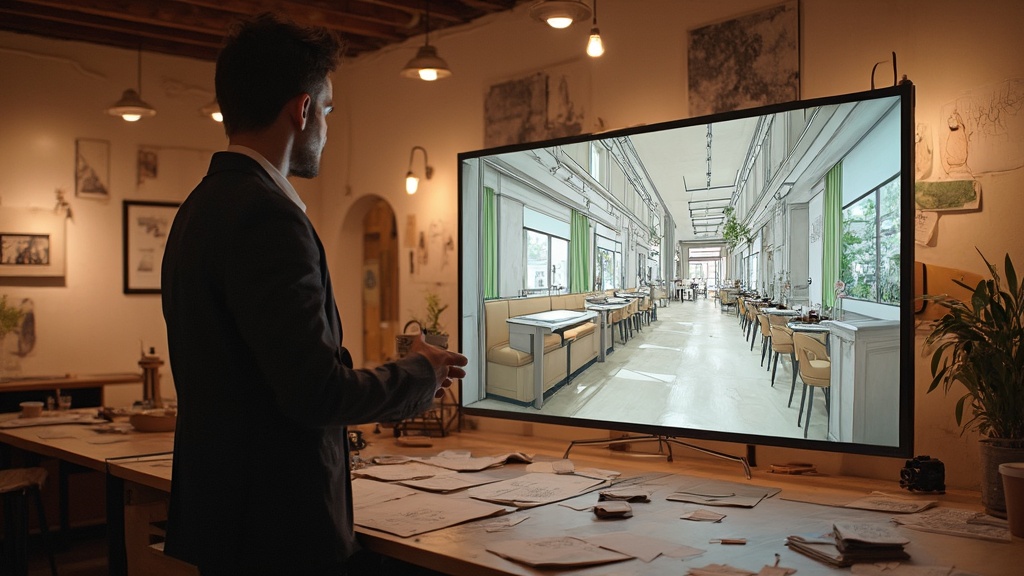
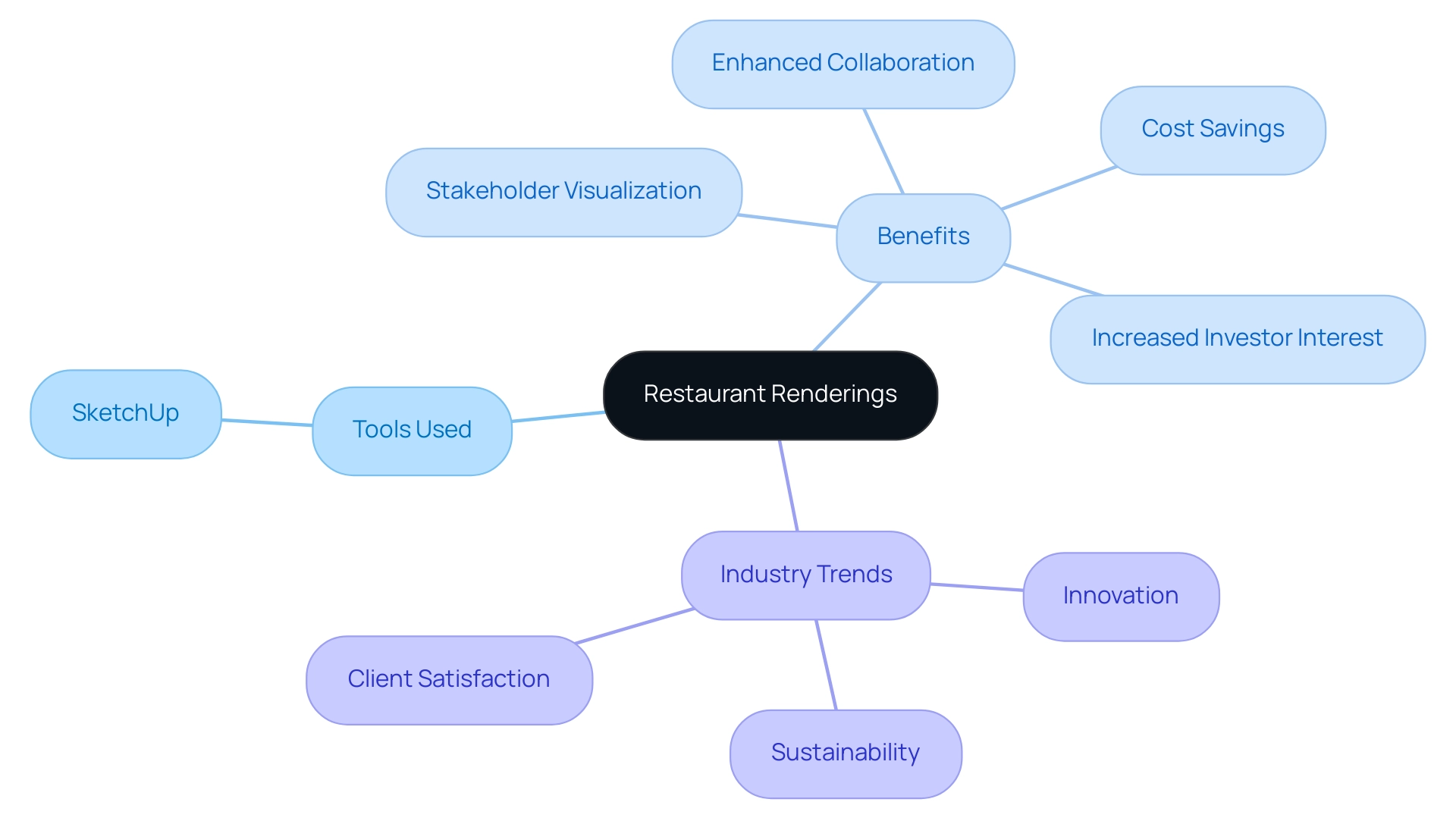
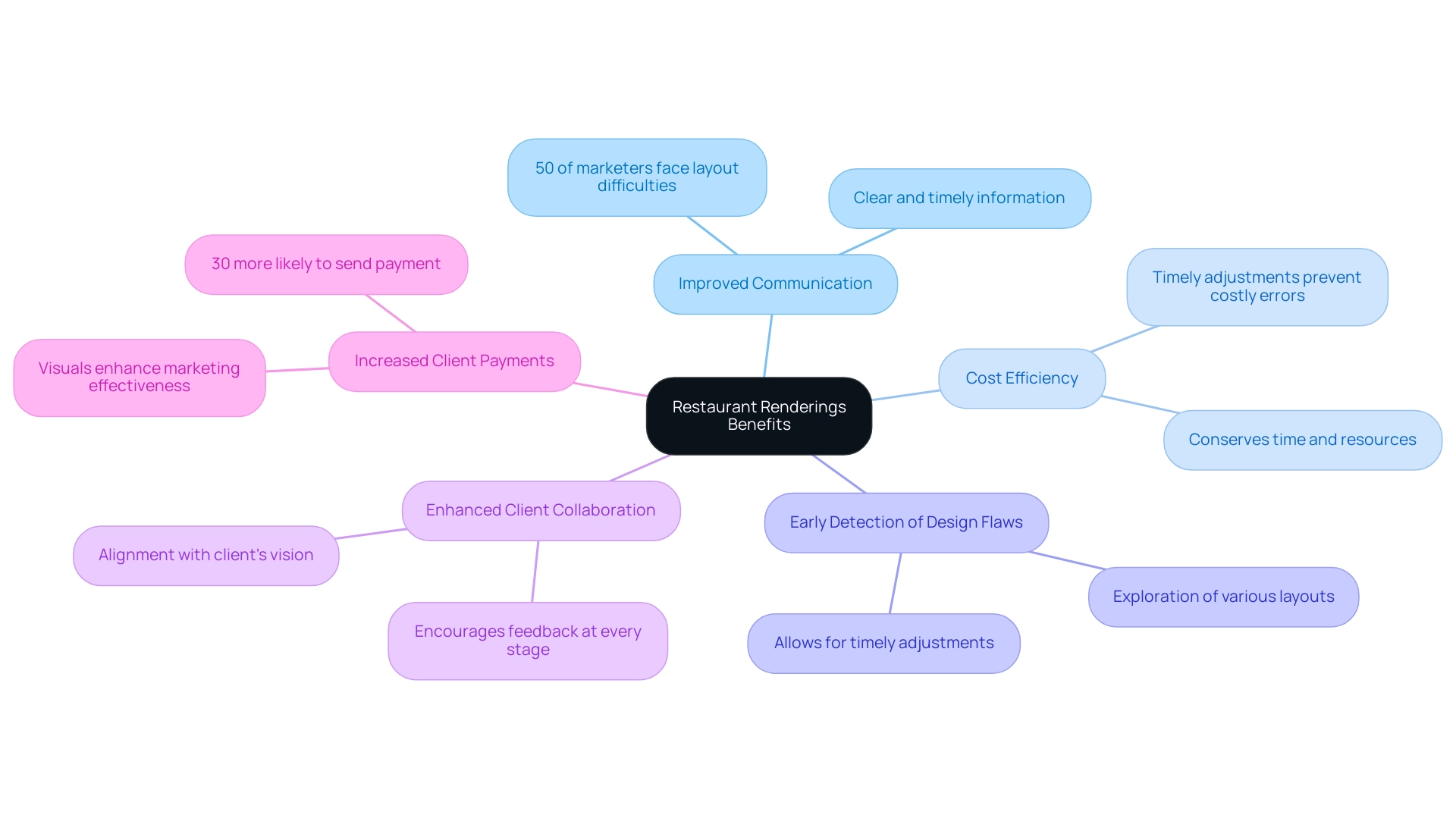
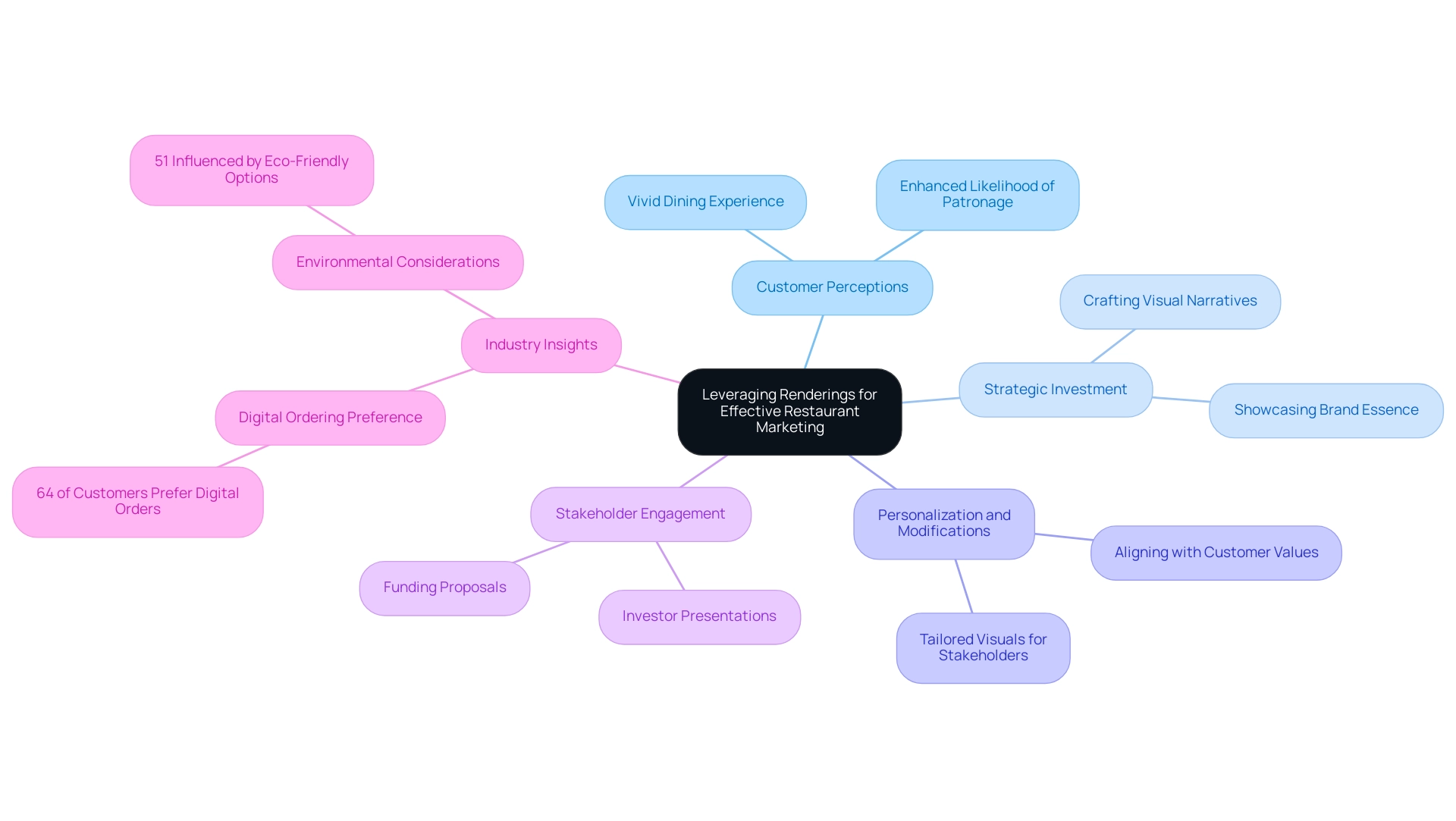
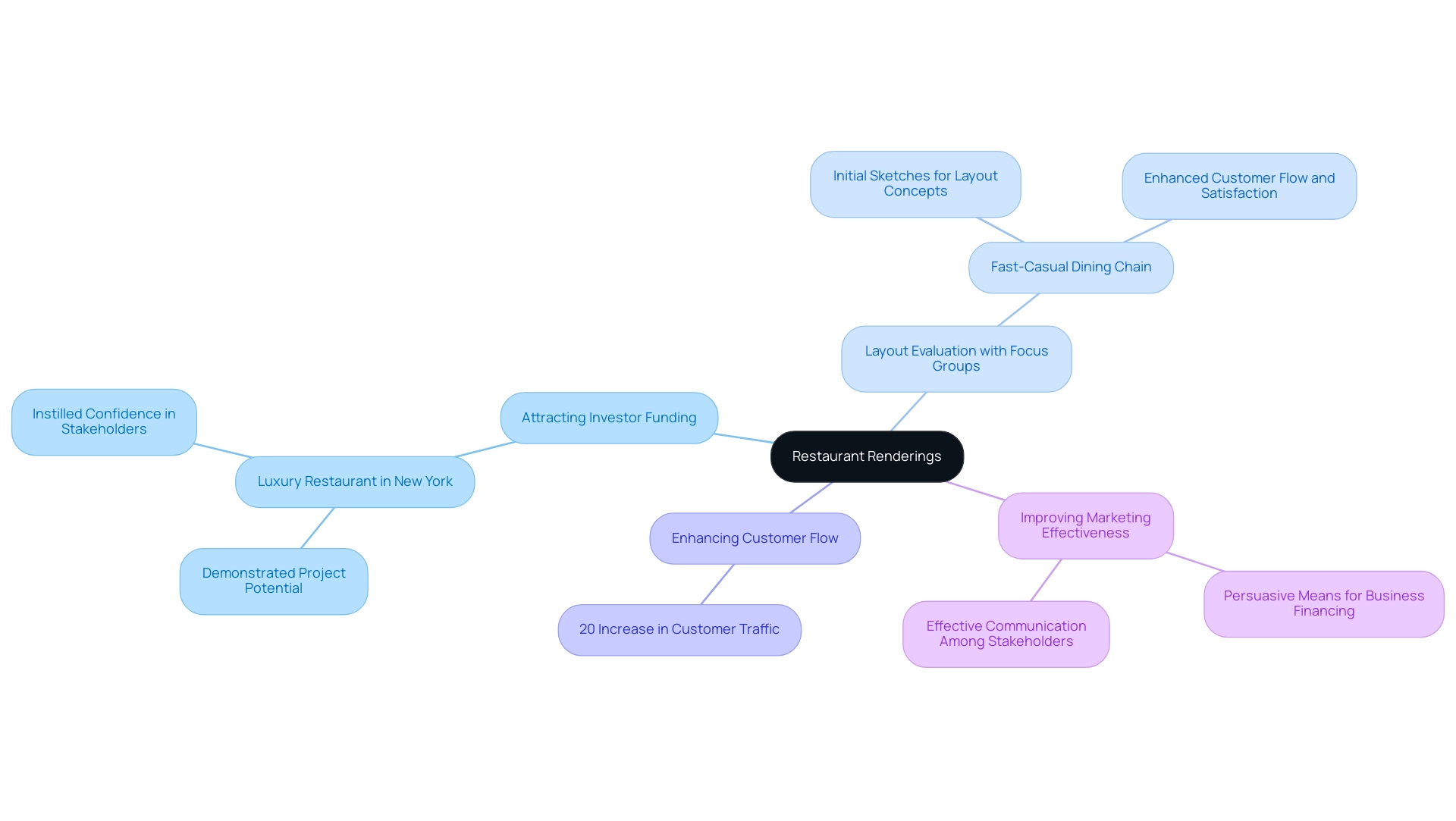
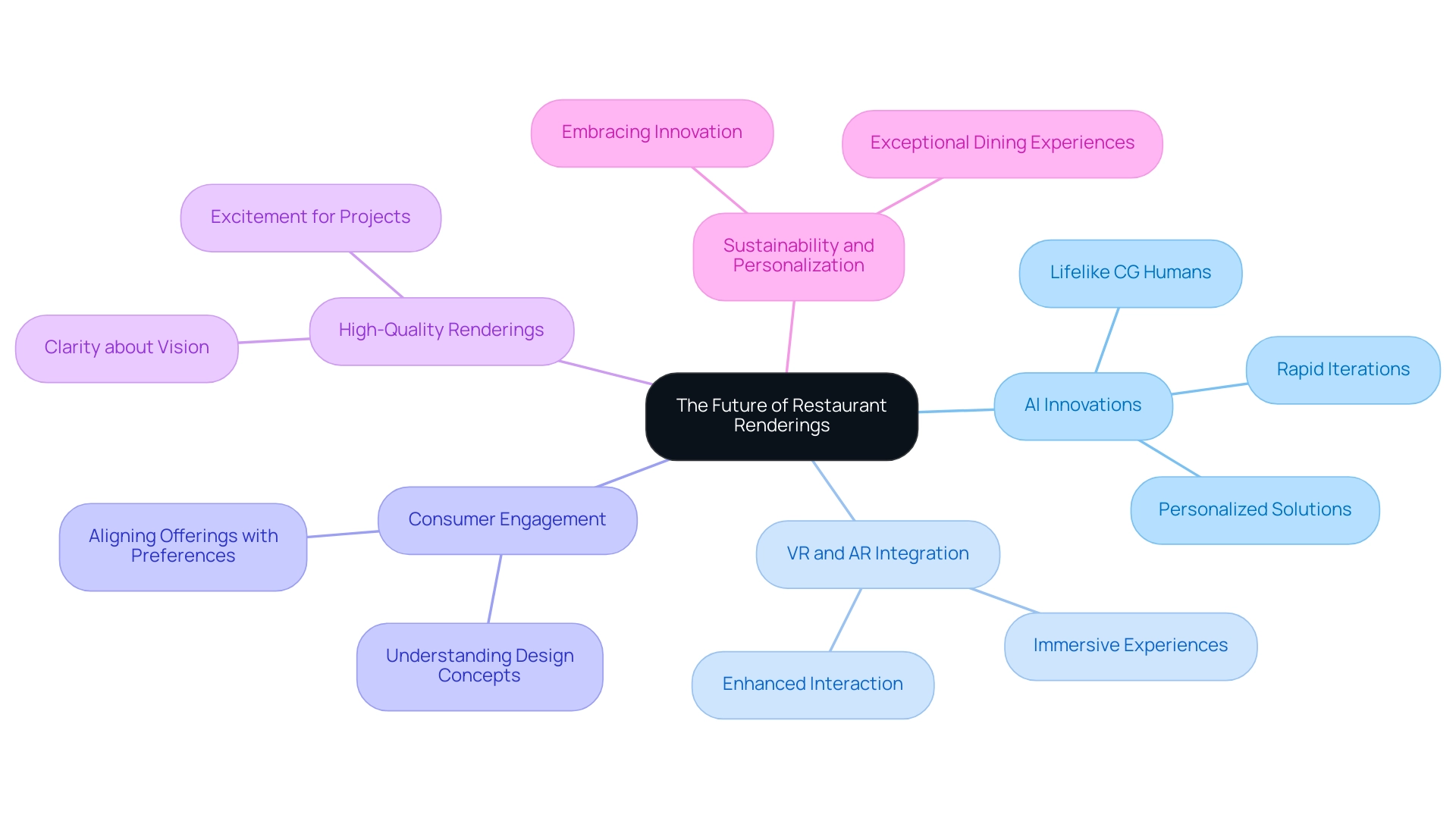
0 Comments